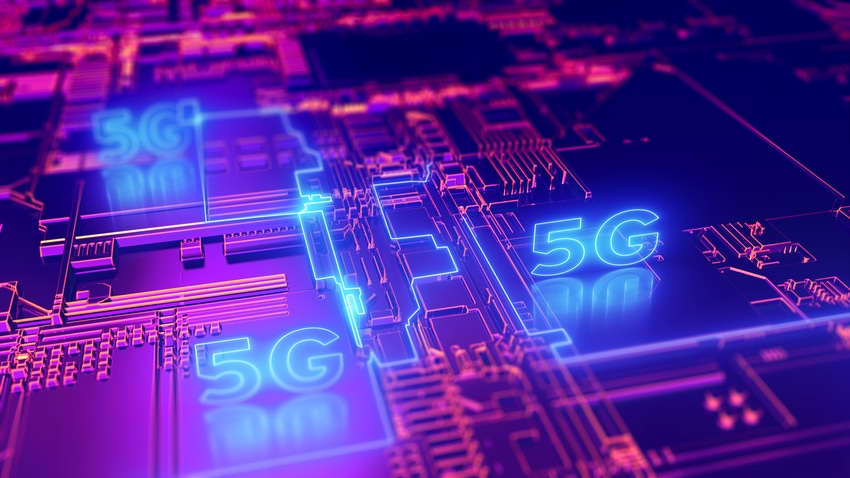GSMA says up to 40% of mid-band 5G benefits could be lost
Trade body and organiser of MWC, the GSMA, has warned that almost half the expected benefits provided by mid-band 5G could be lost if no additional spectrum is assigned to mobile services soon.
August 3, 2022

Trade body and organiser of MWC, the GSMA, has warned that almost half the expected benefits provided by mid-band 5G could be lost if no additional spectrum is assigned to mobile services soon.
Discussed within its 2022 6GHz IMT Ecosystsm report published today, the organisation outlines the central role it thinks 6GHz it will play in future 5G rollouts, but warned that allocating the full 6 GHz band to unlicensed use ‘risks countries losing out on the full benefits of scarce spectrum resources and damaging their ability to maximise the societal impact of governments and operators’ investments in 5G networks.’
Specifically, it reckons up to 40% of the expected benefits of mid-band 5G could evaporate if no additional mid-band spectrum is assigned to mobile services in the near future, and it is encouraging national regulators to assign between 700 and 1200 MHz of spectrum in the 6 GHz band to licensed 5G use ‘in order to maximise the benefits to society of scarce spectrum resources, and support operators in delivering the full capabilities of 5G network rollouts.’
What are those benefits? The GSMA reckons that mid-band spectrum will drive an increase of more than $610 billion in global GDP in 2030, and produce almost 65% of the ‘overall socio-economic value generated by 5G’ – which is no small claim.
“6 GHz is crucial for 5G expansion in many countries,” said Luciana Camargos, Head of Spectrum at the GSMA. “Without it, operators will often struggle to meet the predicted average of 2 GHz of mid-band spectrum needed for 5G, impacting service quality. Countries may, in consequence, lose out on the full societal and economic benefits of investment in modern 5G networks.”
This might all be true, but simply gesturing towards a bright future full of connectivity and riches is no longer sufficient to describe what it is 5G is supposed to do for most people. This is how it was sold years ago, that in some vague way connecting everything together with lower latency would create all sorts of unimagined technologies and economies. However, we have a fair bit of 5G now (albeit mostly of a 4G/5G hybrid flavour than standalone 5G) and many are still scrabbling around for some interesting use cases.
Last week the GSMA itself launched a competition hoping to uncover some new 5G applications, called the he 5G Industry Challenge. It called on MNOs, vertical industries, government-backed organisations and others to submit use cases that showcase what the GSMA calls the ‘transformative power of connectivity’. Submissions will apparently be judged on their ability to generate revenue, increase productivity, provide social benefits and manage resources efficiently.
The inference being it’s still not patently obvious where the action is, which does make you wonder how such specific predictions can be made on the effect of future 5G deployments on global economies.
Get the latest news straight to your inbox. Register for the Telecoms.com newsletter here.
About the Author(s)
You May Also Like








.png?width=300&auto=webp&quality=80&disable=upscale)


_1.jpg?width=300&auto=webp&quality=80&disable=upscale)


.png?width=800&auto=webp&quality=80&disable=upscale)